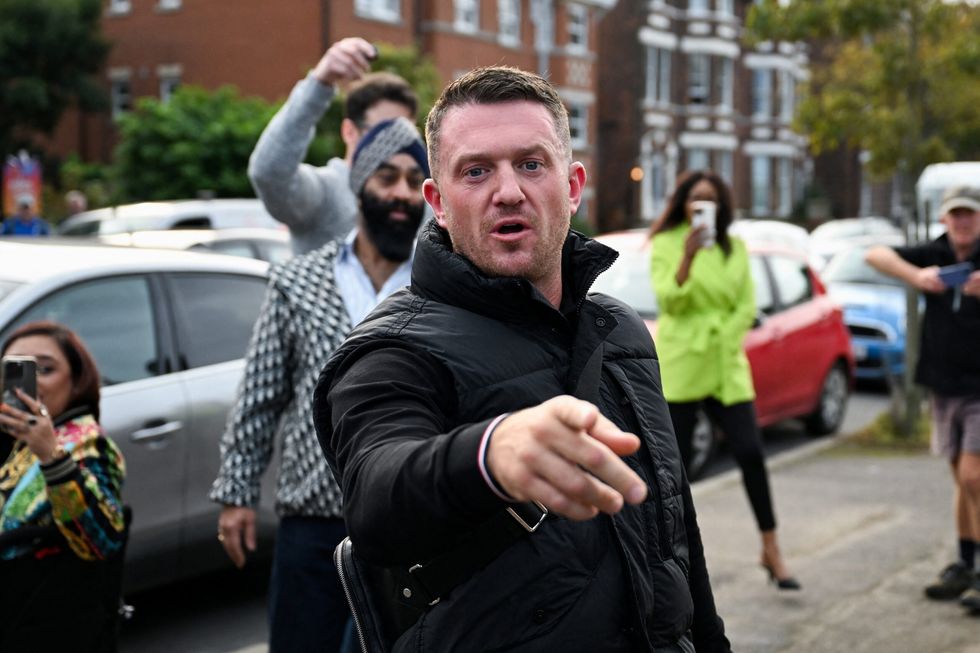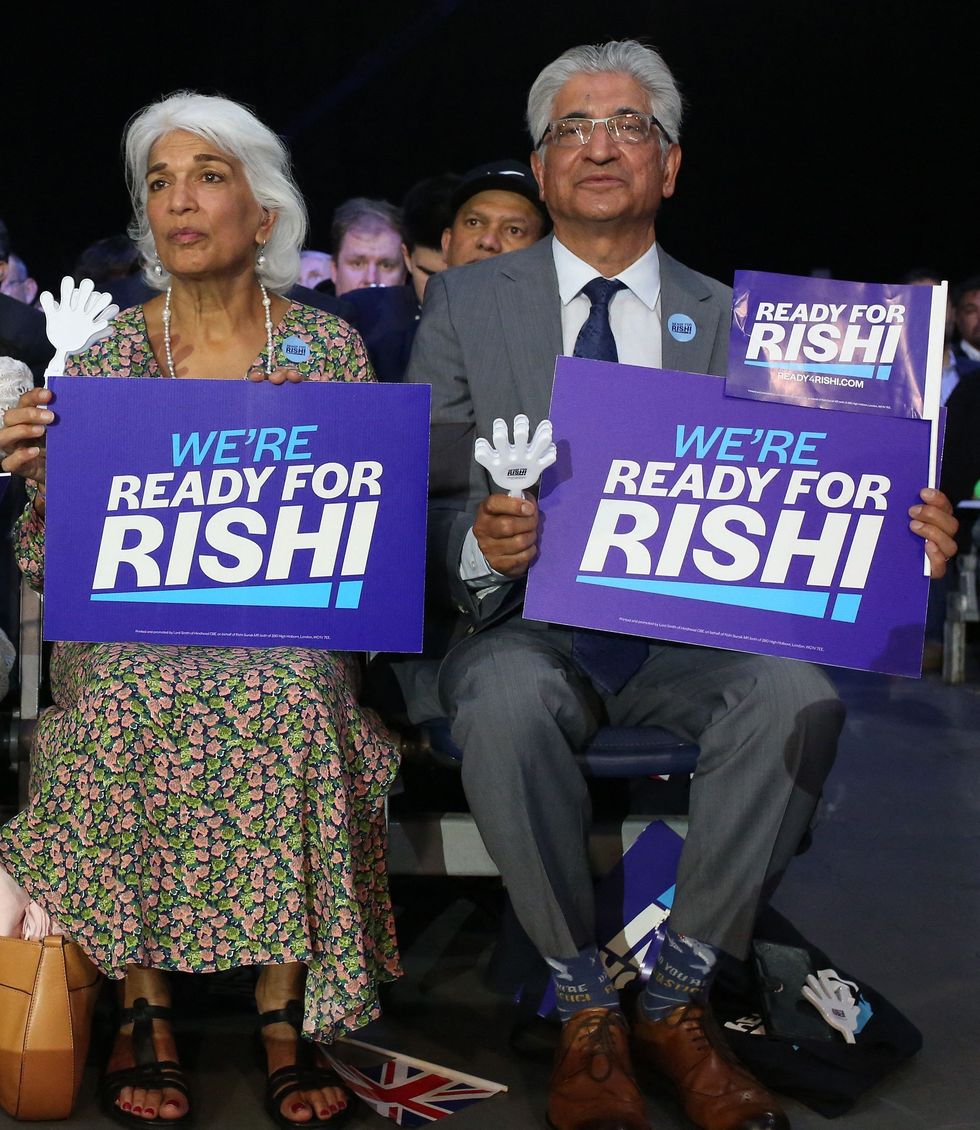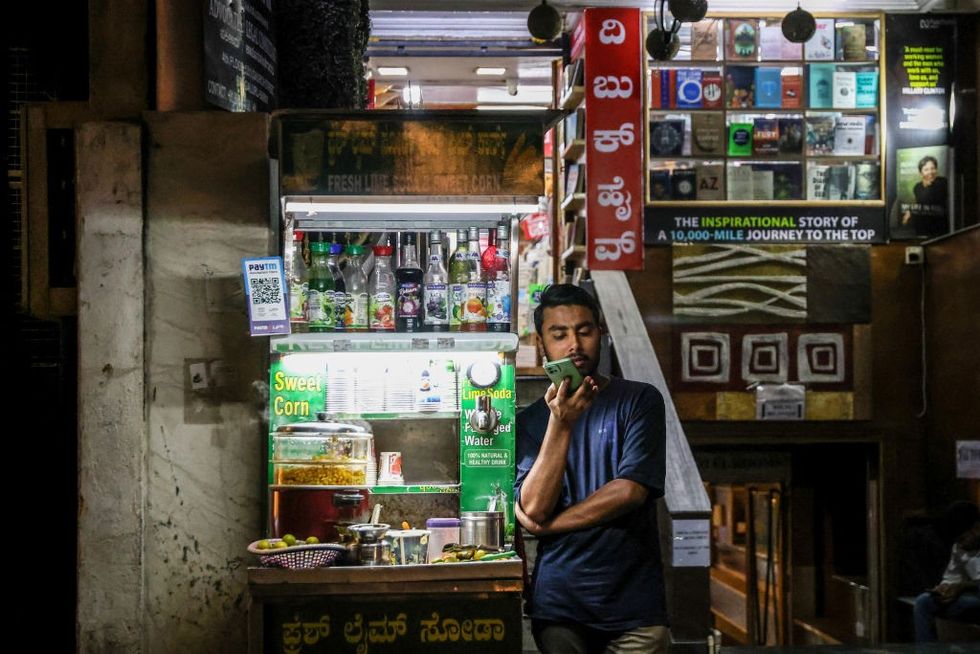Sri Lanka was plunged into political crisis by the sudden dismissal on Friday (26) of prime minister Ranil Wickremesinghe, who is refusing to leave his post.
Here is an overview of four days of political drama in the Indian Ocean island nation, where the tensions boiled over into violence Sunday (28) when one person was killed.
Sudden Sacking
In a surprise move, president Maithripala Sirisena's office announces on October 26 that he has sacked Wickremesinghe with whom he has ruled in coalition since 2015.
Moments later the new prime minister is named former strongman leader Mahinda Rajapakse, who is shown on television being sworn in during a rushed ceremony.
The shock dismissal comes after disagreements between Sirisena and Wickremesinghe over economic policy as well as day-to-day government administration.
Rajapakse is highly controversial, having ruled with an iron fist from 2005 to 2015, with his government accused of corruption and murdering political opponents.
During his term, a decades-old Tamil Tiger separatist struggle was stamped out in 2009 through a military assault that killed up to 40,000 ethnic Tamil civilians.
PM Refuses To Budge
Wickremesinghe hits back that his sacking is not legal and vows to fight it in court.
After winning the premiership a third time in August 2015, he oversaw a constitutional amendment that removed the head of state's power to sack prime ministers.
Overnight Friday (26) into Saturday (27), Rajapakse loyalists storm two state-owned television networks which they regard as loyal to the outgoing government and force them off the air.
Parliament Suspended
On October 27 Wickremesinghe demands an emergency session of parliament so that he can prove his majority.
Sirisena responds by suspending the assembly until November 16. Police cancel all leave as tensions mount in Colombo.
Wickremesinghe continues to occupy the official prime minister's residence, Temple Trees, as around 1,000 of his supporters gather outside.
Ambassadors from India, US and European nations call for the rivals to respect the constitution.
'Constitutional Coup'
On October 28 privately run newspapers describe Sirisena's move as a "constitutional coup".
Parliamentary speaker Karu Jayasuriya says he recognises Wickremesinghe as the country's lawful prime minister until another candidate can prove a majority in parliament.
The sacked prime minister ignores a deadline to vacate Temple Trees, where his supporters and chanting monks stand guard with soldiers deployed nearby.
Violence Erupts
Later Sunday bodyguards for the petroleum minister, Arjuna Ranatunga, who is allied to Wickremesinghe, open fire inside a government ministry as a mob loyal to Sirisena besieges his office.
A 34-year-old man is killed and two other people injured.
The US state department calls on Sirisena to "immediately reconvene parliament" to allow representatives there to quell the crisis.
On October 29 Wickremesinghe says his sacking has left the country in a power vacuum while Speaker Jayasuriya warns of a potential "bloodbath".
Police arrest Ranatunga after trade unions accuse him of ordering the previous day's shooting.
Sirisena appoints a 12 member cabinet giving the powerful finance portfolio to Rajapakse.
Agence France-Presse





 The US base at Diego Garcia
The US base at Diego Garcia











 Anti-immigration activist Stephen Yaxley-Lennon, known as Tommy Robinson, gestures before arriving at Folkestone Police Station in Folkestone, Britain, October 25, 2024. REUTERS/Chris J Ratcliffe
Anti-immigration activist Stephen Yaxley-Lennon, known as Tommy Robinson, gestures before arriving at Folkestone Police Station in Folkestone, Britain, October 25, 2024. REUTERS/Chris J Ratcliffe
 Sudha Murty and her husband Narayana Murthy with their daughter Akshata, son Rohan and her sister Dr Sunanda Kulkarni
Sudha Murty and her husband Narayana Murthy with their daughter Akshata, son Rohan and her sister Dr Sunanda Kulkarni Rishi Sunak’s parents Usha and Yashvir Sunak
Rishi Sunak’s parents Usha and Yashvir Sunak
 A street vendor looks at his smartphone on April 27, 2024 in Bengaluru, India. (Photo by Valeria Mongelli/Getty Images)
A street vendor looks at his smartphone on April 27, 2024 in Bengaluru, India. (Photo by Valeria Mongelli/Getty Images)